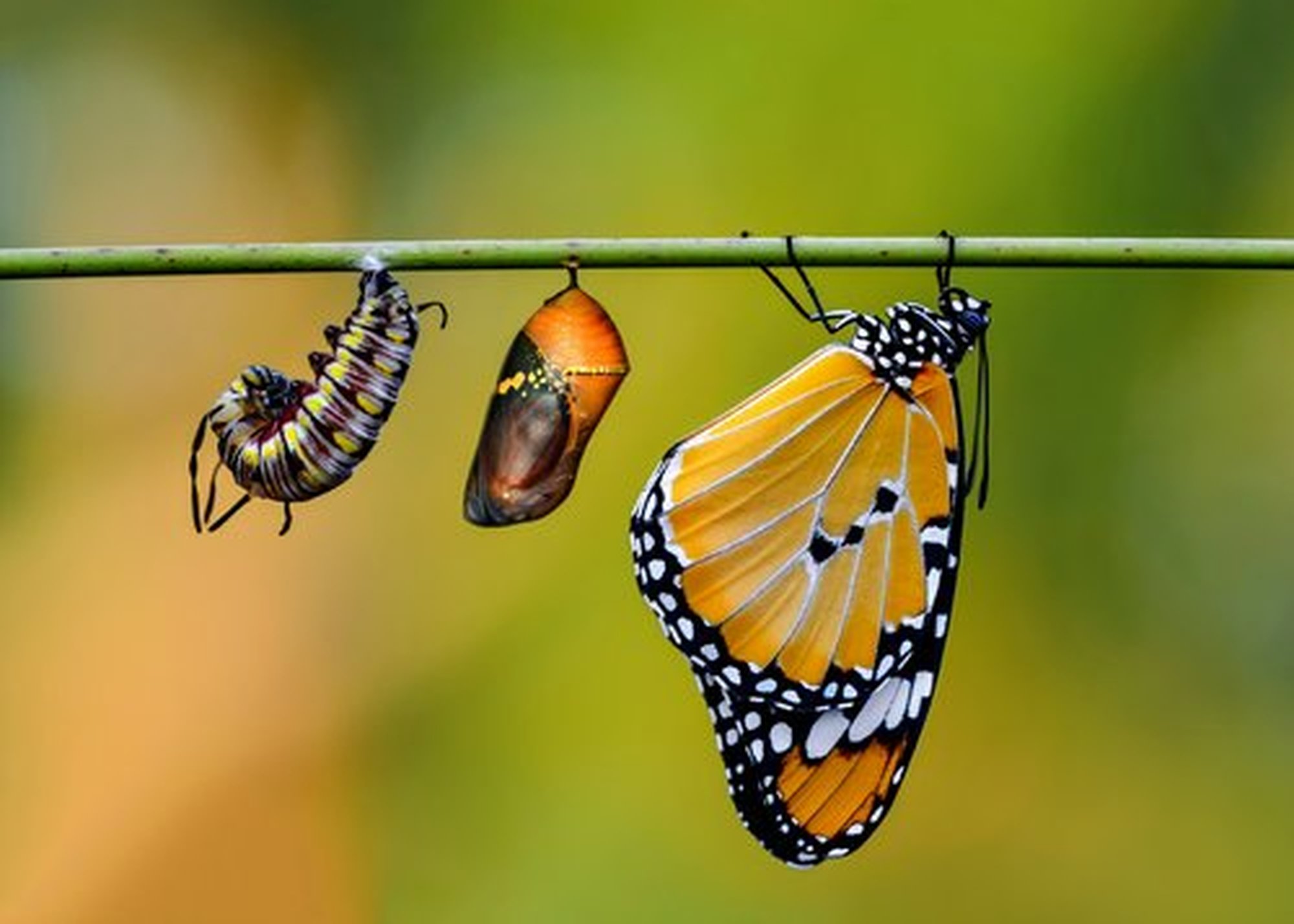The butterfly starts life as an egg. It emerges as a caterpillar, after that, it undergoes a total change in body structure during development.
Table of Contents
Egg
The eggs of moths and butterflies come in a variety forms that are distinctive among insects. They are typically more round than eggs of other insects and have a variety of intricate spines, ribs along with scales and spines, on their external.
Similar to a chicken egg the egg of a butterfly is protected by a shell it, and a yolk that supply food while the embryo grows. Certain butterflies only lay one egg at a given time, and others lay as many as 100 eggs at a time.
Larva
Insects start their lives as larvae that resemble worms. Moths and butterfly aren’t different, we just refer to them as “caterpillars” instead.
In this stage caterpillars concentrate on eating and expanding. As they get bigger they shed their skins and go through increasingly massive stages known as “instars.” Certain species can expand to the point that they are 100 times larger than when they began!
Caterpillars are omnivores and they begin to eat from the moment they hatch. For certain species, the first meal is its eggshell.
To prevent being eaten caterpillars have defenses like spines, poison and camouflage. For instance, many caterpillars eat plants with harmful chemicals. While eating, caterpillars accumulate the toxic chemicals in their bodies. Once they turn into butterflies they’re poisonous, and predators are taught to avoid them.
Pupa
The butterfly’s pupa often called a chrysalis. It forms an enveloping cuticle around the body and head to guard against high temperatures and parasites and drying.
A variety of moth species are wrapped in silk-like covering, referred to as cocoons, to provide the same protection.
Pupa do not move or consume food. They store energy in their bodies to change at the level of cells.
In this process, also known as metamorphosis, the body’s tissue is broken down and reformed into legs, wings, and other adult organs.
The transition from a caterpillar into moth or butterfly prevents youngsters and adults from having to compete for the same food, or being at risk of contracting the same illnesses.
Adult
After it’s fully developed, the primary purpose of a moth or butterfly is to reproduce and disperse.
Pairs of mating couples are within the same ecosystem in which their host plants thrive. They utilize aromas as well as elaborate aerial dancing to create courtship performances.
Some butterflies’ life cycle spans across continents. Every few generations monarch butterflies travel over 22,000 miles (approximately 4,500 km) away from the spot they were born to lay eggs.


